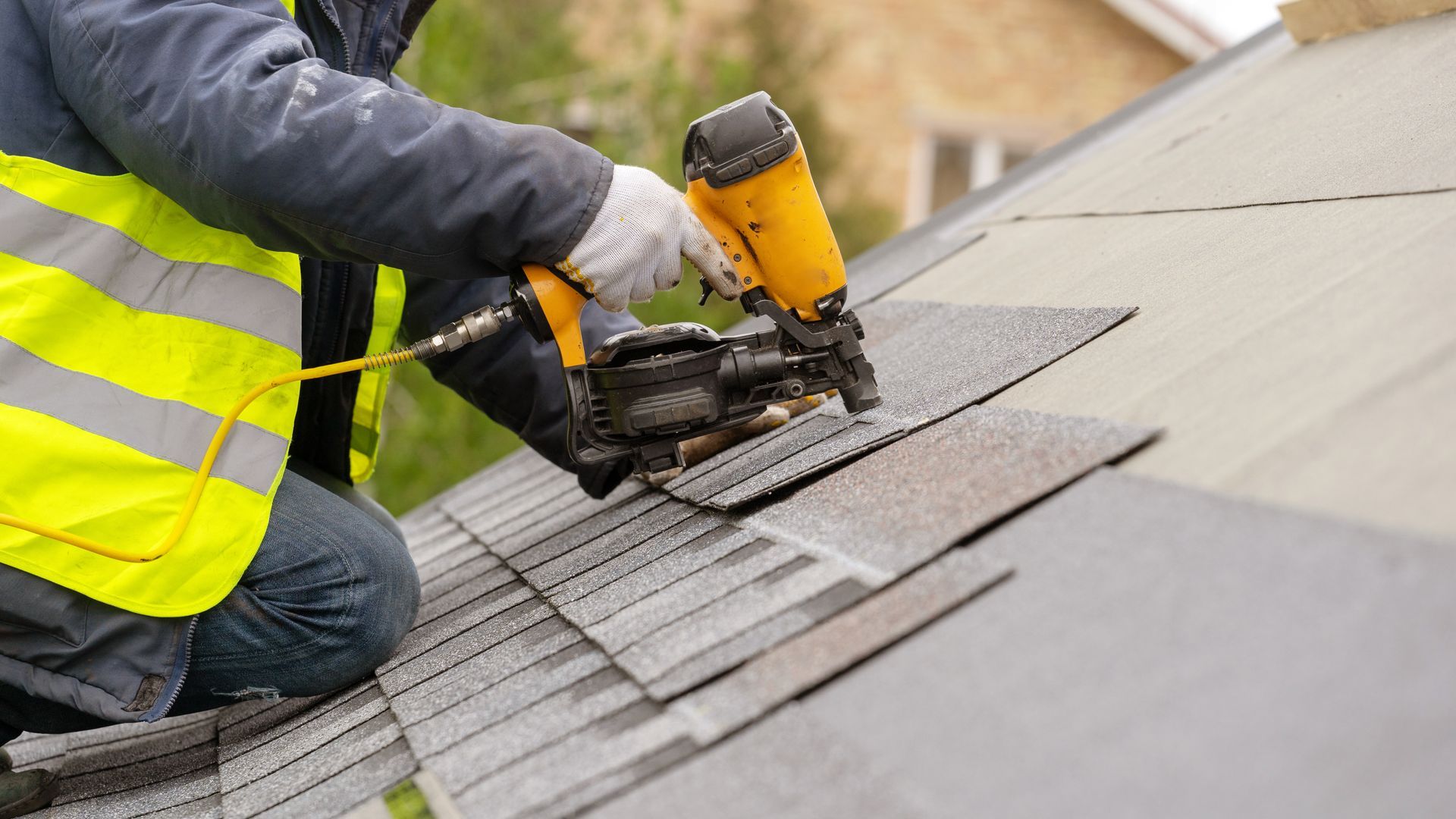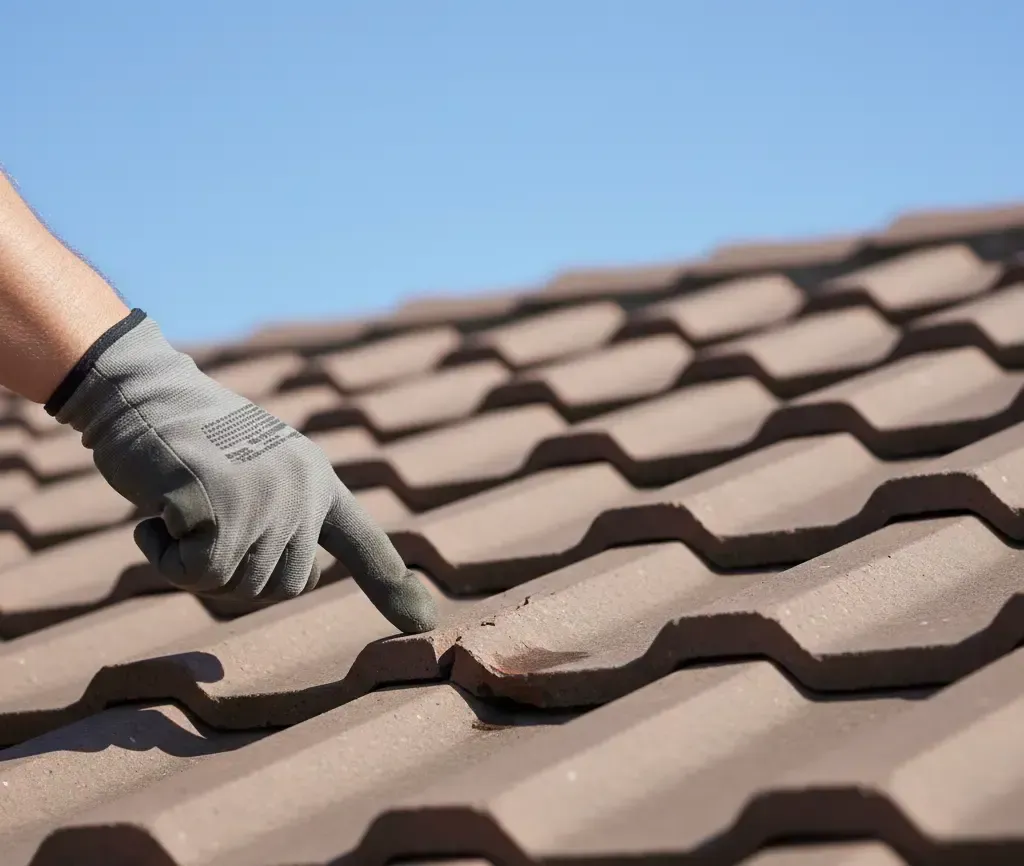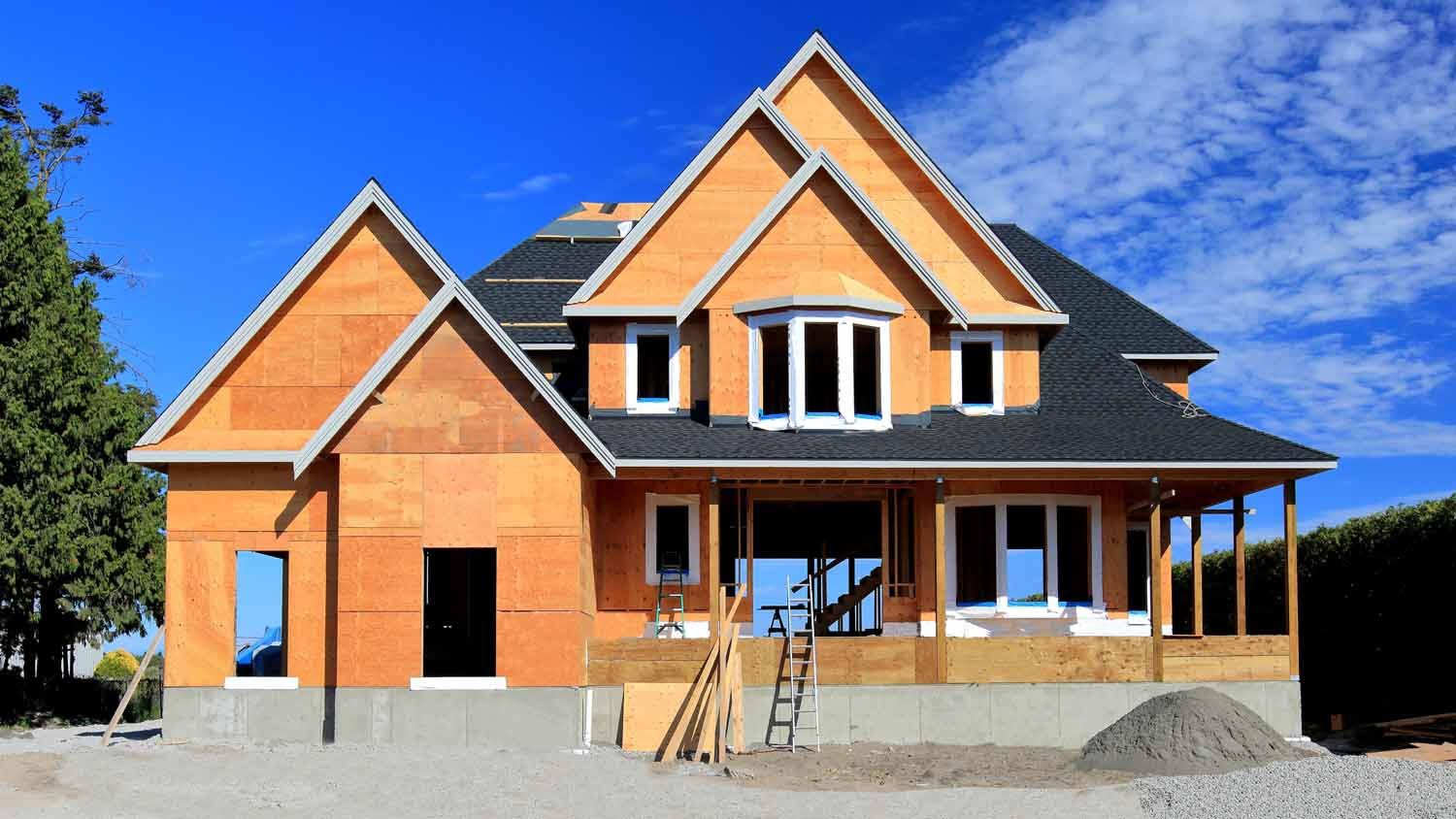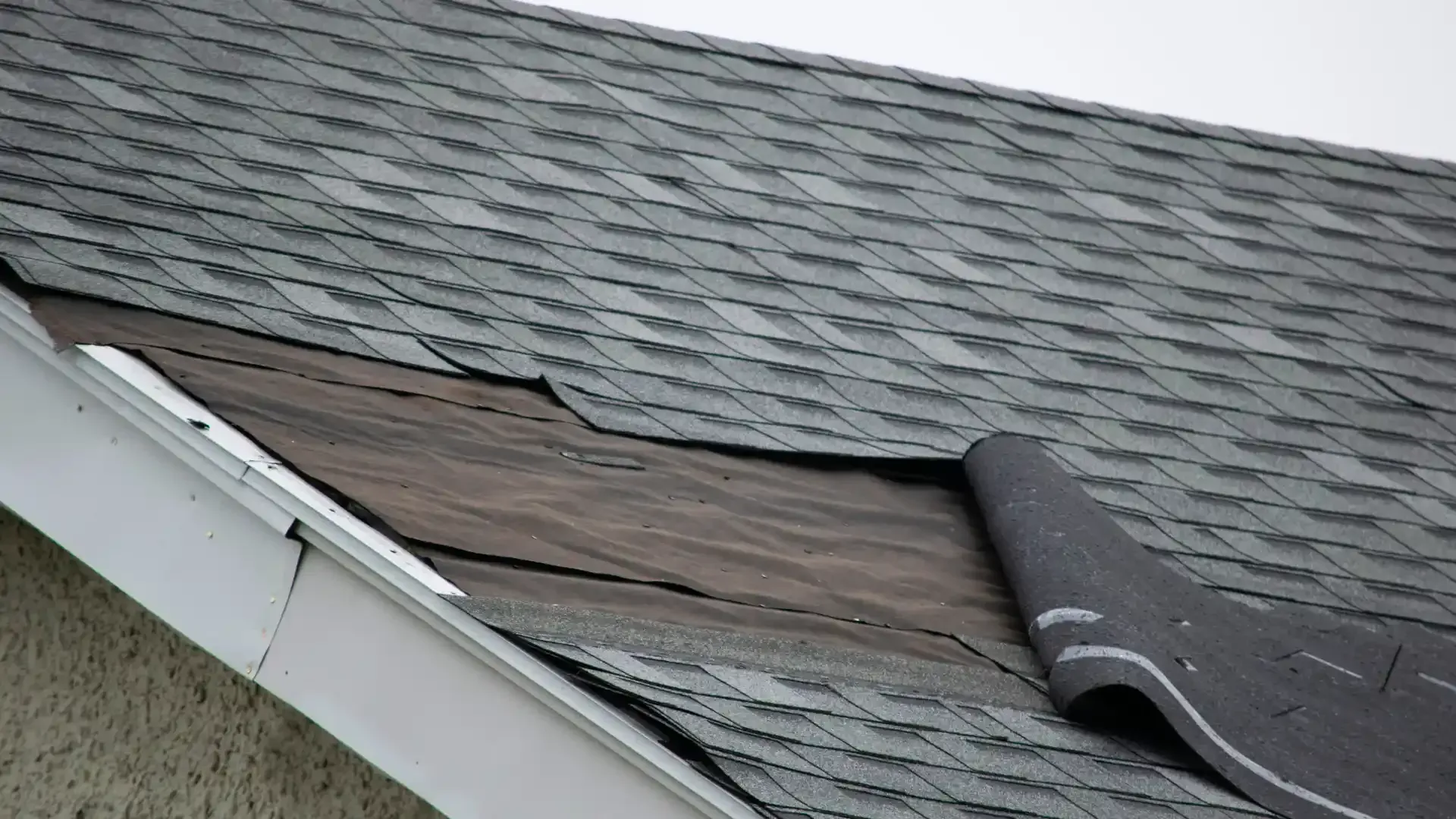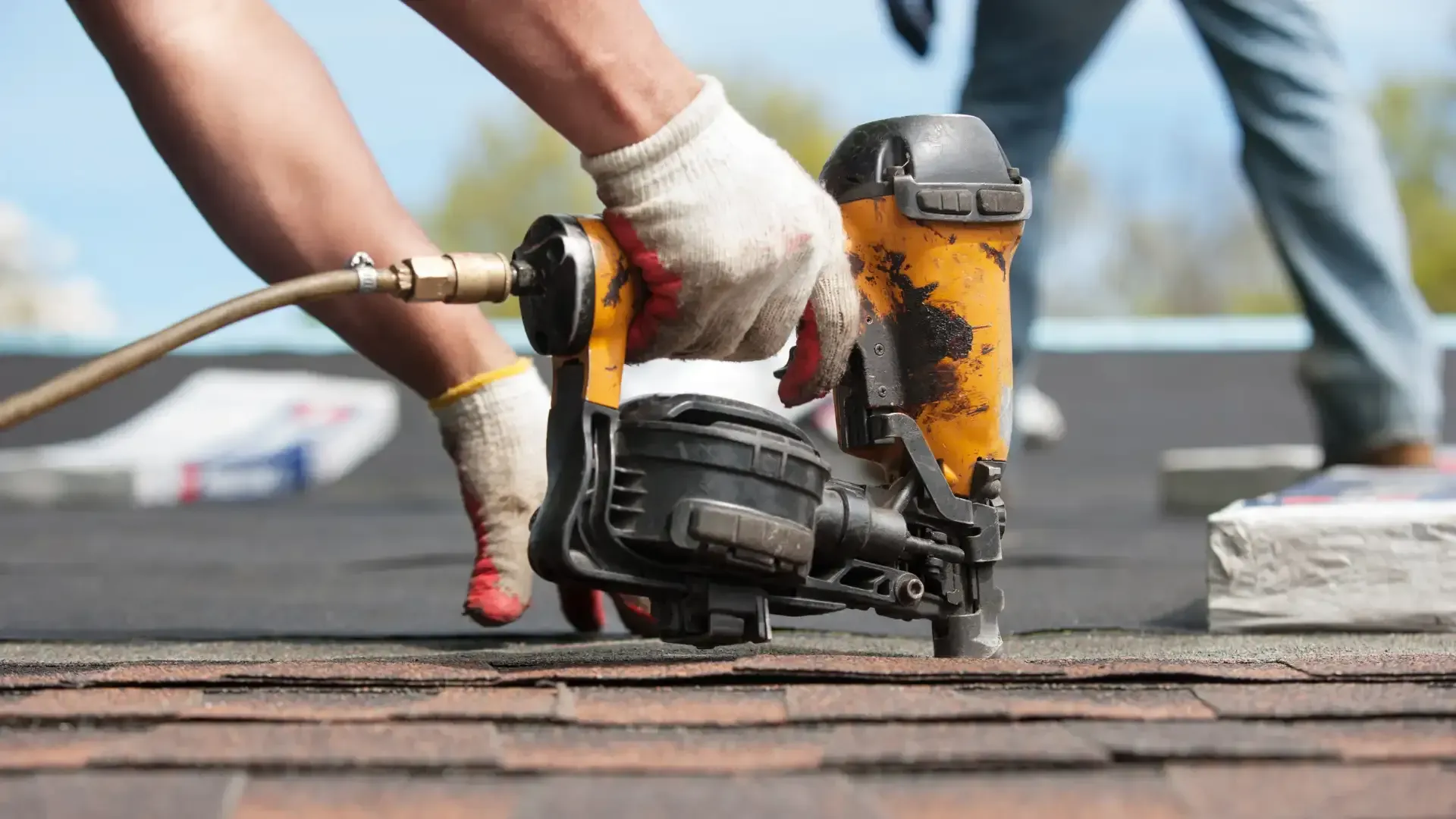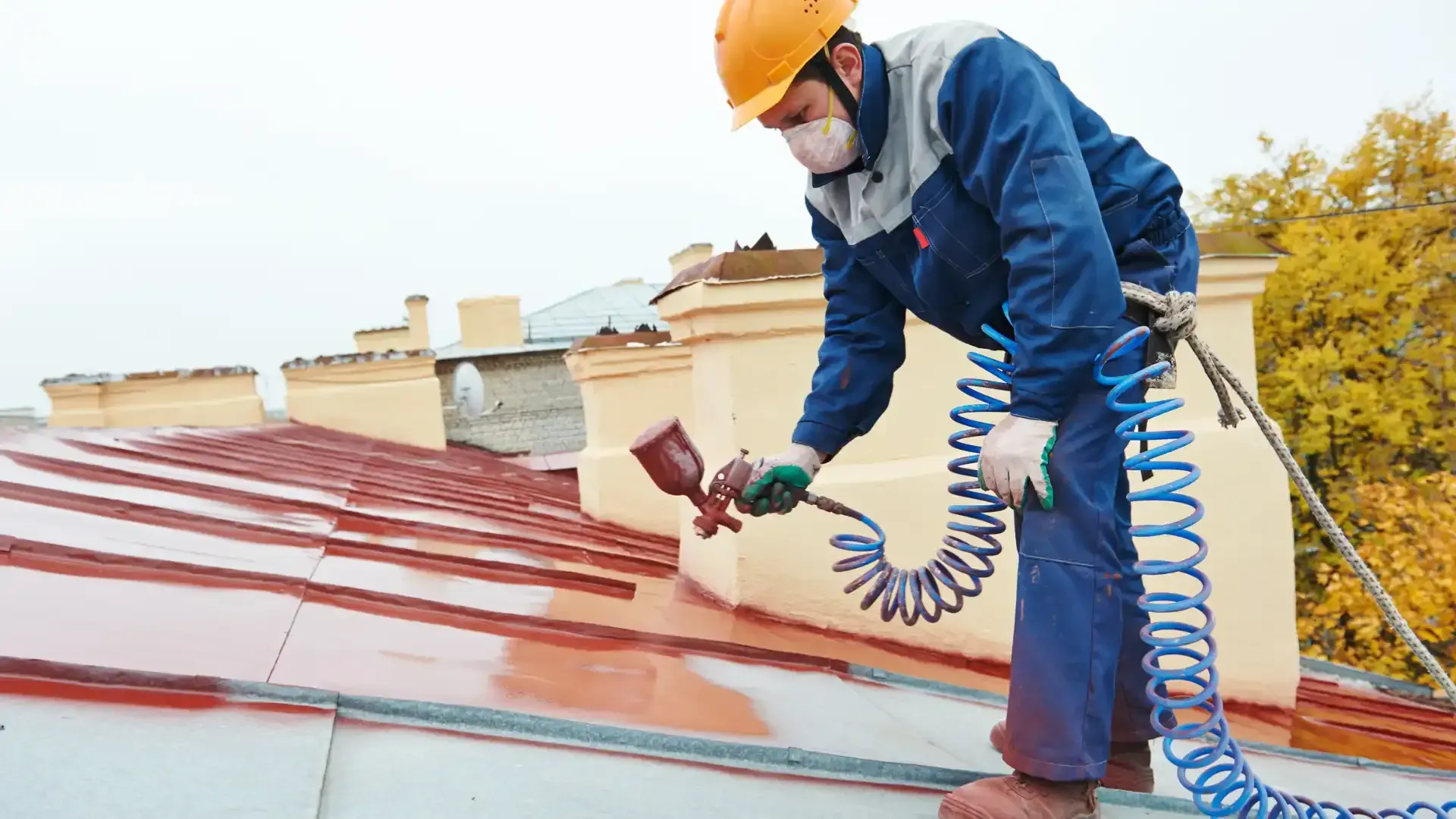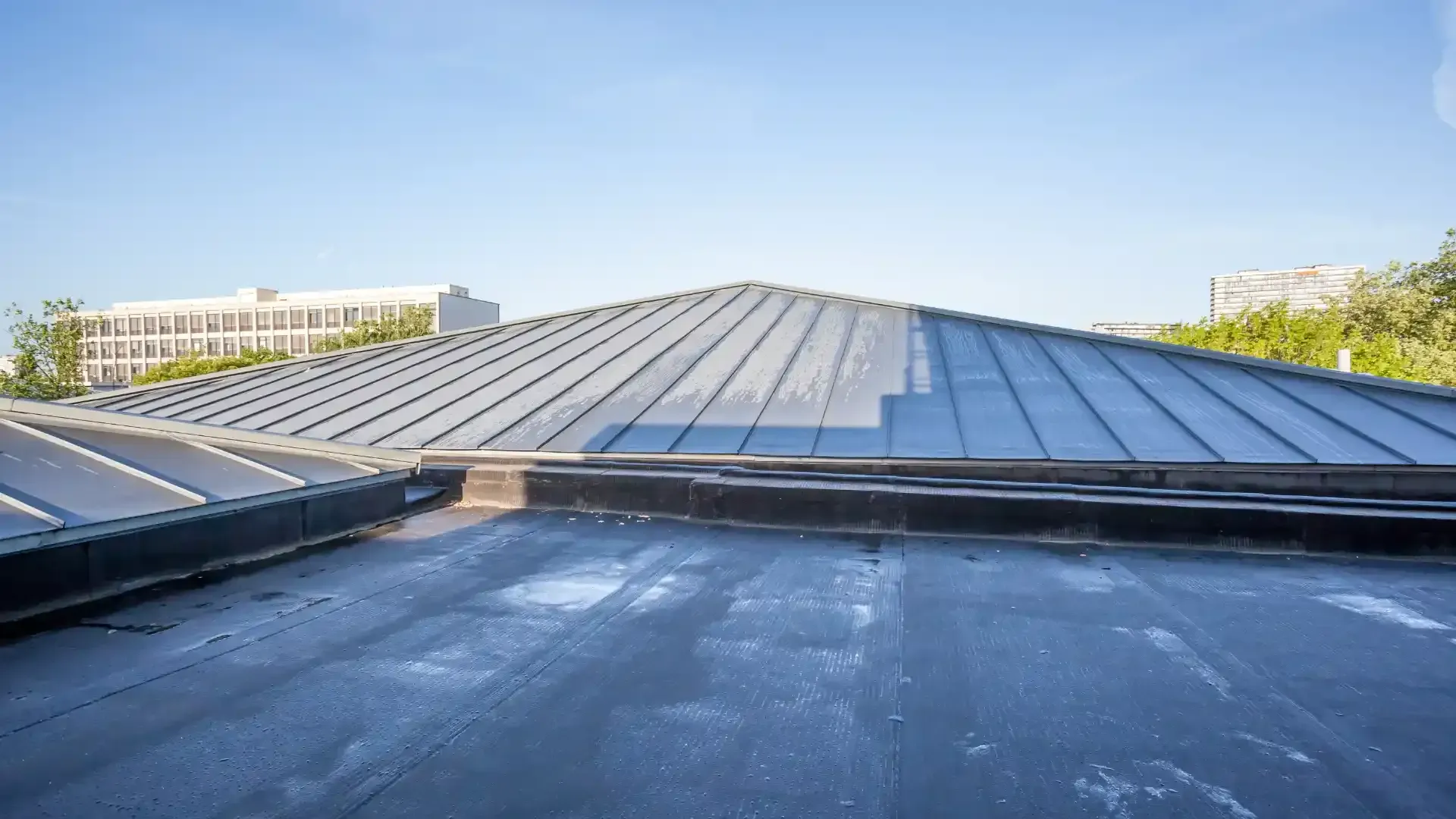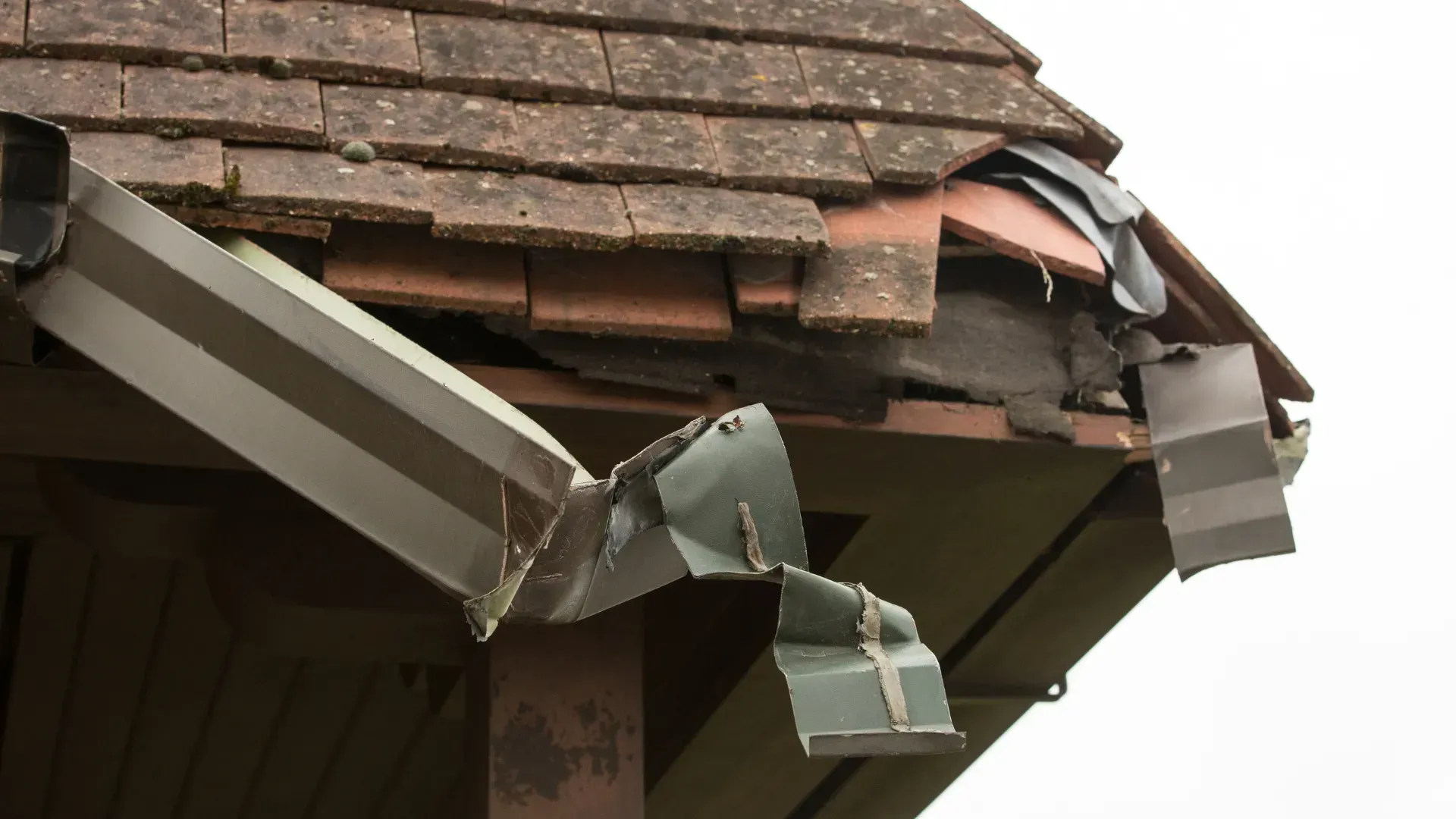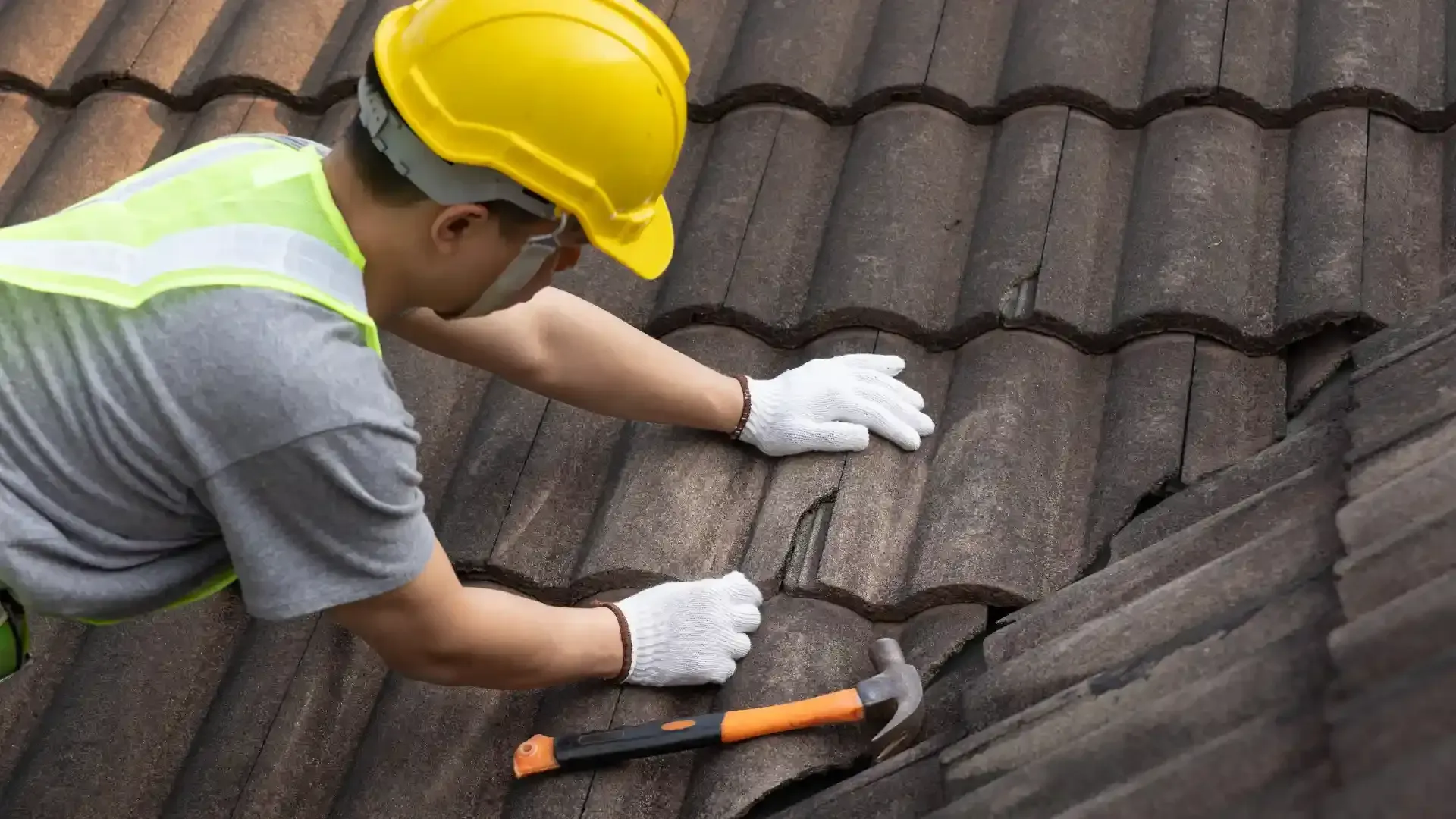What Type of Roofing is Best for Arizona’s Climate?
Choosing a roof in Arizona isn't just about curb appeal; it's a critical decision in protecting your home from extreme heat, powerful monsoon storms, and intense UV radiation. The right roof acts as a shield, boosting your energy efficiency and providing peace of mind for decades.
So, which roofing materials are truly built to survive and thrive in the Sonoran Desert? Based on performance and popularity, two types stand out from the rest.
The Top Contenders for Arizona Homes
While many materials are used here, tile and foam roofing consistently prove to be the most effective and popular choices for Arizona homeowners, each for different reasons.
1. Tile Roofing: The Time-Tested Champion
Tile roofs, whether clay or concrete, are the classic choice for a reason. They are synonymous with Southwestern architecture and for good cause—their design is inherently suited to our climate.
- Why it Works in Arizona: Tile is incredibly durable against sun damage and provides superior protection against high winds during monsoon storms. Its unique design creates a natural air buffer between the tile and the roof deck. This buffer insulates your home, slowing down heat transfer and helping to reduce cooling costs.
- Best For: Homeowners looking for a long-lasting, energy-efficient, and aesthetically authentic roof for sloped residential roofs.
2. Foam Roofing: The Insulation Expert
For homes with flat or low-slope roof sections, spray foam roofing is a premier modern solution. It provides a level of insulation and seamless protection that other materials can't match.
- Why it Works in Arizona: Foam roofing provides seamless protection. Unlike materials with seams that can separate, foam is sprayed on as a liquid that expands into a solid, continuous blanket. This eliminates weak points where leaks could start. Its exceptional insulation properties (high R-value) directly combat the intense Arizona heat, making it one of the most energy-efficient options available.
- Best For: Flat roofs, commercial buildings, and homeowners prioritizing maximum energy efficiency and a seamless, watertight seal.
Other Roofing Options to Consider
While tile and foam are top performers, other materials are also used effectively across the Valley.
- Metal Roofing: Metal is highly reflective, durable, and long-lasting. Modern standing seam panels offer a sleek look and excellent performance in sun and rain.
- Asphalt Shingles: A cost-effective option for sloped roofs. Modern architectural shingles are more durable than ever, though their lifespan is generally shorter than tile or metal in the intense sun.
Key Factors to Consider for Your Arizona Roof
When deciding, keep these climate-specific questions in mind:
- Solar Reflectivity: How well does the material reflect the sun's rays instead of absorbing them? (This is a key strength of tile and coated foam).
- Wind Resistance: Is the material rated to withstand the high winds of our monsoon season? (Proper installation is critical here).
- Insulation: How does the material help regulate your home's temperature? (Foam is the leader in this category).
- Waterproofing: How does the system handle driving, horizontal rain? (Seamless foam and properly installed tile systems excel).
Finding the Best Roof for Your Home
The "best" roof ultimately depends on your home's structure, your aesthetic preferences, and your budget. A custom home in Cave Creek might be perfect for tile, while a modern Phoenix home with a flat roof might benefit most from a foam coating.
We offer
free, no-obligation inspections and quotes. Our experts will assess your home's structure, discuss your goals, and recommend the best roofing solution to stand up to the Arizona climate.
Ready to find the perfect roof for your Arizona home? Contact us today for your free consultation.
Frequently Asked Questions
Q: Is a tile roof too heavy for my house?
A: Not necessarily. During a consultation, we can assess your home's structure to ensure it can support a tile roof. In many cases, it is perfectly suitable.
Q: How long does a foam roof coating last?
A: The protective coating on a foam roof typically lasts 5-7 years before a new coating is recommended to maintain its waterproofing and reflective properties.
Q: Which roof is best for energy efficiency?
A: Spray foam roofing generally provides the highest insulation value (R-value), which can significantly reduce cooling costs. Tile roofs also offer good energy efficiency through their thermal mass and air flow design.
